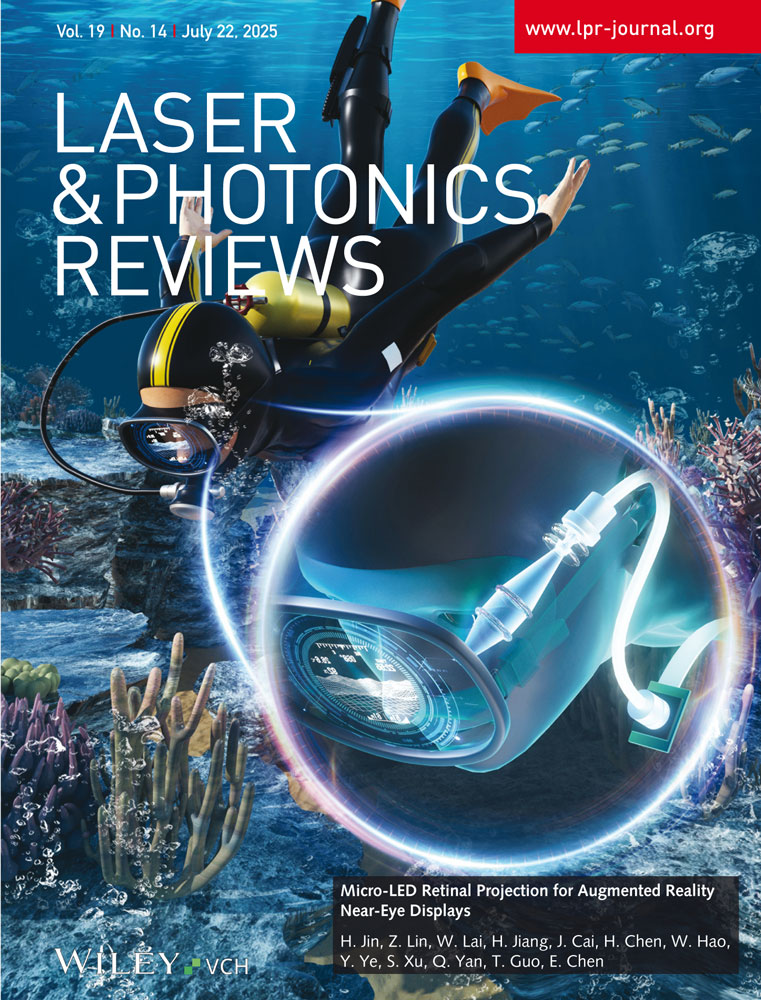Realizing Color-Tunable Photochromism in Apatite-Structured Compounds via Trapping Energy Management for Wide Gamut Encryption
Abstract
Photochromic materials have shown significant potential in a plethora of possible applications. However, in practical applications, they remain limited by intricate multi-stage synthesis processes and a restricted range of photochromic colors. Modulating the chromatic properties involves an intricate manipulation of their chemical composition, crystal structure, and trapping energy levels, rendering it extremely challenging to achieve a desired color gamut. In this study, apatite-type materials are rapidly synthesized using a microwave-assisted approach. The photochromic behavior is systematically examined by substituting F⁻ ions with Cl⁻ ions, facilitating the transformation of color centers from pink to green and ultimately to blue. Notably, the prominent reflectance absorption peak ≈554 nm exhibited a gradual red shift to 625 nm. A thorough characterization reveals that this large shift in wavelength of F-center arises from the effective modulation in the trapping energy levels with differing trap distributions linked to photochromism observed across the various Sr₅(PO₄)₃F₁₋xClx:1%Eu. Finally, the potential applications of these multicolor compounds are demonstrated in routine chromatic decorations and sophisticated multi-hued cryptographic technologies. These findings highlight the efficacy of trapping energy management in optimizing photochromic behavior and the considerable capability of the photochromic materials for on-demand practical applications.
Conflict of Interest
The authors declare no conflict of interest.
Open Research
Data Availability Statement
The data that support the findings of this study are available from the corresponding author upon reasonable request.




